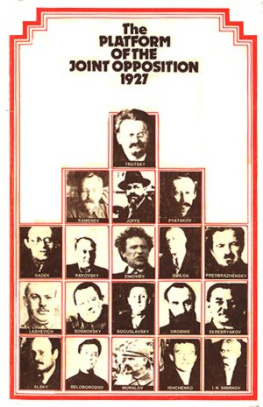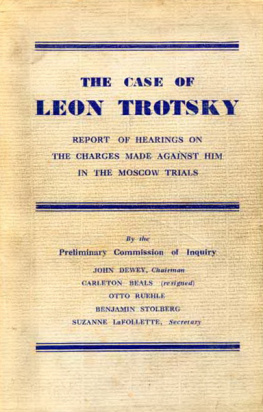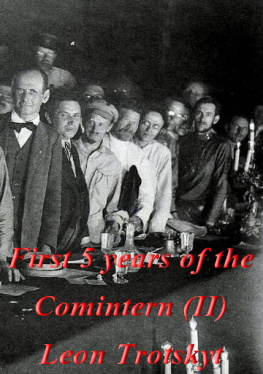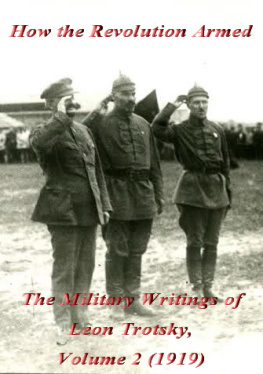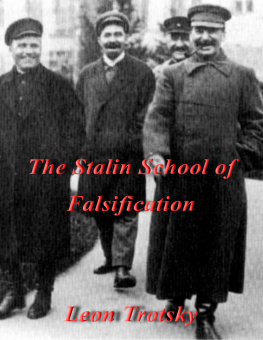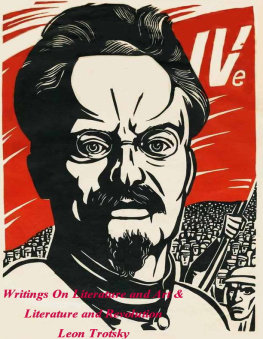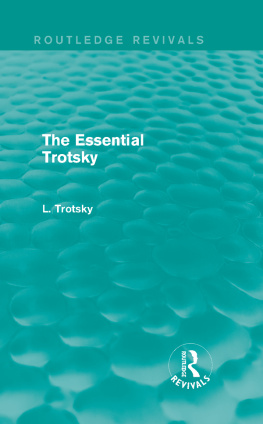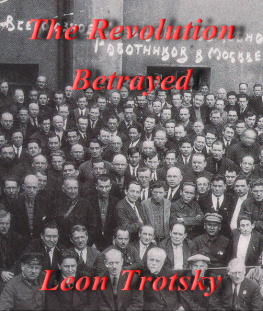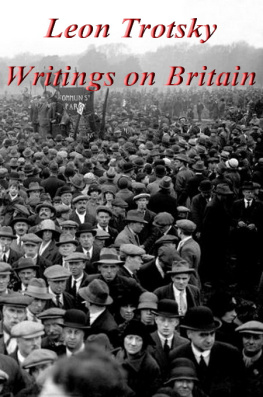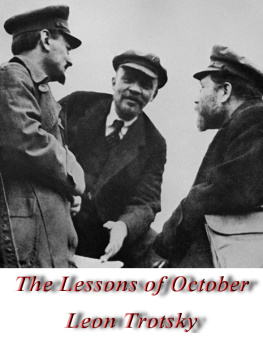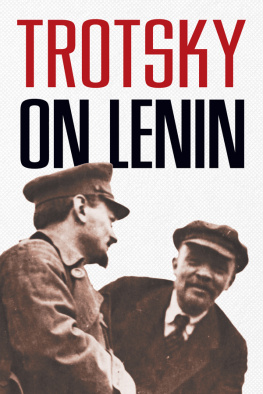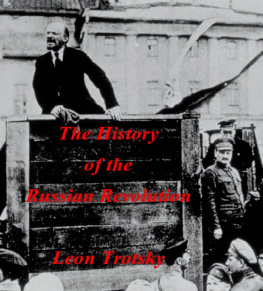Platform of the Joint Opposition
Introductory Remarks
IN his speech at the last party congress he attended, Lenin said:
Here we have lived a year, with the state in our hands, and under the NewEconomic Policy has it operated our way? No. We dont like to acknowledge this, but ithasnt. And how has it operated? The machine isnt going where we guide it, but wheresome illegal, or lawless, or God-knows-whence-derived speculators or private capitalisticbusinessmen, or both together, are guiding it. A machine doesnt always travel just exactlythe way, and it often travels just exactly not the way, that the man imagines who sits at thewheel.
In those words was given the criterion by which we ought to judge the fundamentalproblems of our politics. In what direction is the machine travelling? The State? The power? Is ittravelling in the direction that we, Communists, expressing the interests and will of the workersand the enormous mass of the peasants, desire? Or not in that direction? Or notexactly in that direction?
In these years since the death of Lenin, we have more than once tried to bring the attention ofthe central organs of our party, and afterward the party as a whole, to the fact that, thanks toincorrect leadership, the danger indicated by Lenin has greatly increased. The machine is not goingin the direction demanded by the interests of the workers and peasants. On the eve of the newcongress we consider it our duty, notwithstanding all the persecution we are suffering, to call thepartys attention with redoubled energy to this fact. For we are sure that the situation canbe corrected, and corrected by the party itself.
When Lenin said that the machine often goes where it is directed by forces hostile to us, hecalled our attention to two facts of supreme importance. First, that there exist in our societythese forces hostile to our cause the kulak, the Nepman, the bureaucrat availing themselves of our backwardness and our political mistakes, and relying upon the support ofinternational capitalism. Second, the fact that these forces are so strong that they can push ourgovernmental and economic machine in the wrong direction, and ultimately even attempt atfirst in a concealed manner to seize the wheel of the machine.
Lenins words laid upon us all the following obligations:
- To watch vigilantly the growth of these hostile forces kulak, Nepman, andbureaucrat;
- To remember that in proportion to the general revival of the country, these forces will striveto unite, introduce their own amendments into our plans, exercise an increasing pressureupon our policy, and satisfy their interests through our apparatus;
- To take all possible measures to weaken the growth, unity, and pressure of these hostileforces, preventing them from creating that actual, although invisible, dual-power system towardwhich they aspire;
- To tell candidly the whole truth about these processes to all the toiling masses. In this nowconsists the fundamental problem as to a Thermidorian danger and the struggle againstit.
Since Lenin uttered his warning, many things have improved with us, but many alsohave grown worse. The influence of the state apparatus is growing, but with it also thebureaucratic distortion of the workers state. The absolute and relative growth of capitalismin the country and its absolute growth in the cities are beginning to produce a politicalself-consciousness in the bourgeois elements of our country. These elements are trying todemoralize not always unsuccessfully that part of the Communists with whom theycome in contact at work and in social intercourse. The slogan given by Stalin at the FourteenthParty Congress, Fire to the left! could not but promote this union of the rightelements in the party with the bourgeois Ustrialov elements in the country.
The question, Who will beat whom? will be decided in a continuous struggle ofclasses on all sectors of the economic, political, and cultural fronts a struggle for asocialist or a capitalist course of development, for a distribution of the national incomecorresponding to one or the other of these two courses, for a solid political power of theproletariat or a division of this power with the new bourgeoisie. In a country with an overwhelmingmajority of small and very small peasants, and small proprietors in general, the most importantprocesses of this struggle will frequently go on in a fragmentary and underground manner, only toburst unexpectedly to the surface all at once.
The capitalist element finds its primary expression in a class differentiation in the country,and in a multiplication of private traders in the city. The upper levels in the country and thebourgeois elements in the city are interweaving themselves more and more closely with the variouslinks of our state-economic apparatus. And this apparatus not infrequently helps the newbourgeoisie to wrap up in a statistical fog its successful effort to increase its share in thenational income.
The trade apparatus state, co-operative, and private devours an enormous shareof our national income, more than one-tenth of the gross production. Furthermore, privatecapital, in its capacity as commercial middleman, has handled in recent years considerablymore than a fifth of all trade in absolute figures, more than five milliards a year. Up tonow, the general consumer has received more than 50 per cent of the products he needs from thehands of the private capitalists. For the private capitalist this is the fundamental source ofprofit and accumulation. The disparity (scissors) between agricultural and industrialprices, between wholesale and retail prices, the rupture between prices in the different branchesof agriculture in the different regions and seasons, and finally the difference between domesticand world prices (contraband), are a constant source of private gain.
Private capital is collecting usurious interest on loans and is making money on governmentbonds.
The role of the private capitalist in industry is also very considerable. Even though it hasdecreased relatively in the recent period, still it has grown absolutely. Registeredprivate capitalistic industry shows a gross production of 400 millions a year. Small, home, andhandicraft industries show more than 1,800 millions. Altogether, the production of the non-stateindustries constitutes more than a fifth of the whole production of goods, and about 40 per cent ofthe commodities in the general market. The overwhelming bulk of this industry is bound up one wayor another with private capital. The various open or concealed forms of exploitation of the mass ofhandicraft workers by commercial and home-enterprise capital are an extremely important and,moreover, a growing source of accumulation for the new bourgeoisie.
Taxes, wages, prices, and credit are the chief instruments of distribution of the nationalincome, strengthening certain classes and weakening others.
The agricultural tax in the country is imposed, as a general rule, in an inverse progression:heavily upon the poor, more lightly upon the economically strong and upon the kulaks.According to approximate calculations, 34 per cent of the poor peasant proprietors of the SovietUnion (even omitting provinces with a highly developed class differentiation, such as the Ukraine,Northern Caucasus, and Siberia) receive 18 per cent of the net income. Exactly the same totalincome, 18 per cent, is received by the highest group, constituting only 7.5 per cent of theproprietors. Yet both these groups pay approximately the same amount, 20 per cenf each of the totaltax. It is evident from this that on each individual poor farm the tax lays a much heavier burdenthan on the kulak, or the well-to-do proprietor in general. Contrary to thefears of the leaders of the Fourteenth Congress, our tax-policy by no means strips the

